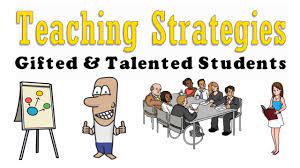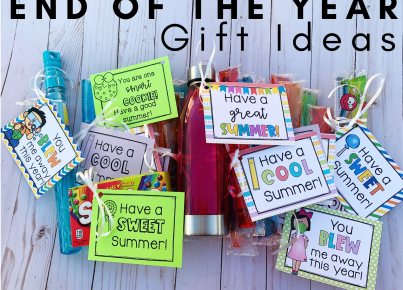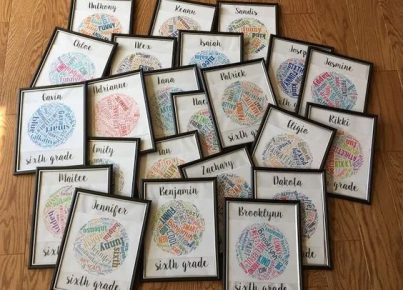Introduction
Gifted and talented students possess a unique set of qualities, abilities, and aptitudes that set them apart from their peers. While their intellect and creativity can lead to exceptional achievements, these students also benefit from well-targeted classroom strategies that encourage their growth and development while addressing their distinct learning needs.
In this article, we will discuss various approaches teachers can use to support gifted and talented students in the classroom setting. These strategies include: differentiation, compacting the curriculum, providing opportunities for independent exploration, promoting critical thinking, encouraging creativity, and fostering collaboration.
1. Differentiation
Differentiation means tailoring instruction to meet each student’s learning needs. For gifted students, this means offering content at an appropriate level of challenge and complexity. Teachers can differentiate through content, process, product, and environment.
– Content differentiation: Provide materials at a higher reading or concept level to deepen understanding of the subject matter.
– Process differentiation: Allow gifted students to work on complex tasks with multiple problem-solving steps.
– Product differentiation: Offer opportunities for using advanced formats or presentation tools when completing assignments.
– Environment differentiation: Allow gifted learners to work in alternative settings or provide access to technology or resources they may not have at home.
2. Compacting the Curriculum
Compacting the curriculum involves gathering all grade-level expectations for a particular subject (or unit) that are already known by the student and creating a more challenging course of study. This allows gifted students to explore topics in depth beyond standard expectations or to learn new content while avoiding unnecessary repetition of material.
3. Independent Exploration
Provide gifted learners with opportunities for independent exploration of topics they are passionate about or excel in. This could include research projects on specific topics or subjects outside of class time or allowing them time in class to work on self-directed projects.
4. Promoting Critical Thinking
Encourage gifted and talented students to engage in critical thinking activities, such as analyzing texts and information, evaluating evidence, and synthesizing ideas. Activities that develop critical thinking skills include debates, brainstorming sessions, and thought experiments.
5. Encouraging Creativity
Gifted and talented students often have a strong propensity for creativity. Provide ample opportunities for these students to express themselves creatively through projects such as creative writing, visual arts, or music compositions. Additionally, encourage the use of “out of the box” thinking during problem-solving activities.
6. Fostering Collaboration
Collaboration is essential for gifted learners’ social-emotional development and helps them build essential interpersonal skills. Provide opportunities for cooperative learning where gifted students can work together on team projects or in small group discussions – both with other gifted students and an inclusive mix of abilities.
Conclusion
By incorporating these strategies in the classroom, teachers can provide a more engaging, challenging, and supportive environment for gifted and talented students. These practices not only enhance gifted students’ educational experiences but also contribute to their overall well-being and academic success.





